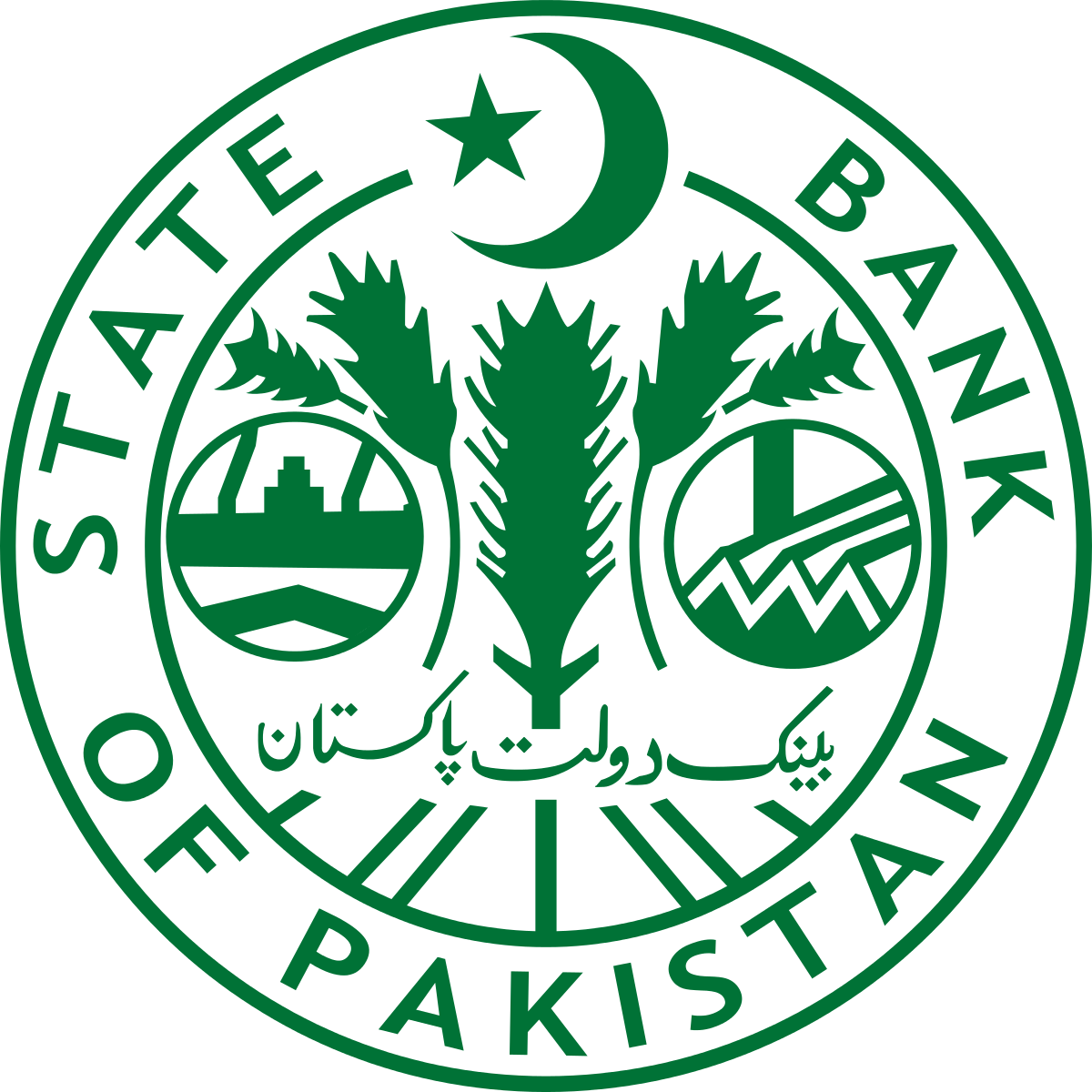Karachi : The State Bank of Pakistan (SBP) on Wednesday said performance and resilience of the banking sector remained satisfactory during H1CY24,
says SBP’s Mid-Year Performance Review of the Banking Sector
SBP has issued the Mid-Year Performance Review (The Review) of the Banking Sector for 2024.
The review covers the performance and soundness of domestic banking sector for the period January
to June 2024 (H1CY24). It also briefly covers the performance of financial markets as well as the
results of Systemic Risk Survey (SRS), which represents views of independent experts about key
current and potential risks to the financial stability.
The Review highlights that the balance sheet footing of the banking sector expanded by 11.5 percent
in H1CY24, which was mainly driven by investments in government securities as the government
demand for bank credit remained high. Advances, however, posted a contained growth due to the
net retirements by the private sector, although long-term financing to SMEs showed some revival.
Nonetheless, the decline in private sector advances was significantly lower as compared to H1CY23.
On funding side, deposits increased by 11.7 percent in H1CY24 with a major impetus from saving and
current deposits. The higher pace of assets growth however necessitated additional funding, which
kept banks’ reliance on borrowing intact.
The Review notes that the asset quality profile of the sector remained satisfactory, as gross NPLs
witnessed subdued increase. Moreover, the total provisioning coverage against NPLs further
improved to 105.3 percent by end June-2024, as with the application of IFRS-9, the banks also started
to provide general loan loss allowances for performing loans. Earnings, nonetheless, slowed down
owing to declaration in return on advances and contraction in net interest margin. Non-interest
income such as fee income and trading gains on government securities, however, supported
profitability. The performance indicators such as Return on Asset (ROA) and Return on Equity (ROE)
thus declined to 1.2 percent (1.5 percent in June-2023) and 20.4 percent (26.0 percent in June-2023),
respectively. The solvency position of the banking sector remained strong as Capital Adequacy Ratio
improved to 20.0 percent (17.8 percent in June-2023) and was well above the minimum regulatory
environment.
The Review reveals that in the wake of gradual improvement in macroeconomic conditions, domestic
financial markets witnessed relatively lower stress during H1CY24. As per the results of 14th wave of
SRS (July-2024), top three prevailing risks highlighted by the independent participants of the survey
include “energy crisis” followed by “volatility in commodity prices” and “foreign exchange risk.” The
respondents, nevertheless, expressed confidence in the stability of the financial system and the
oversight ability of the regulators
Private sector ‘s borrowing remained ” negative ” in HI CY 24: SBP tells half truth
SBP does not give reason of negative borrowing of private sector . It was 22 % policy rate nothing else
Prev Post

